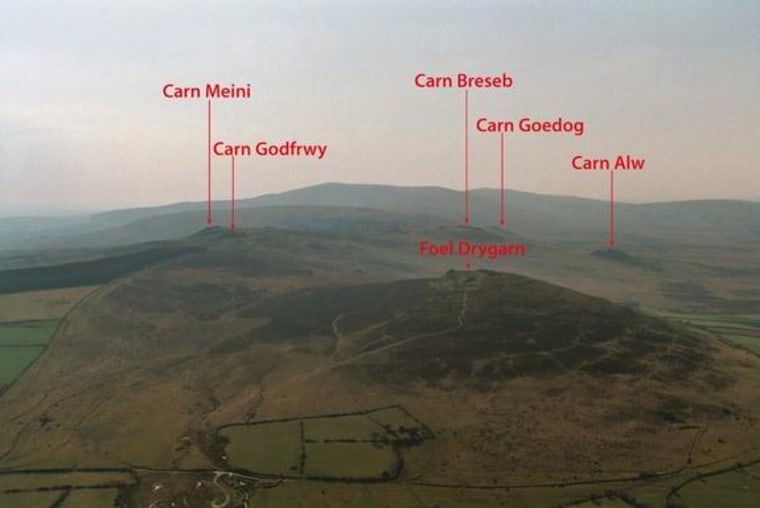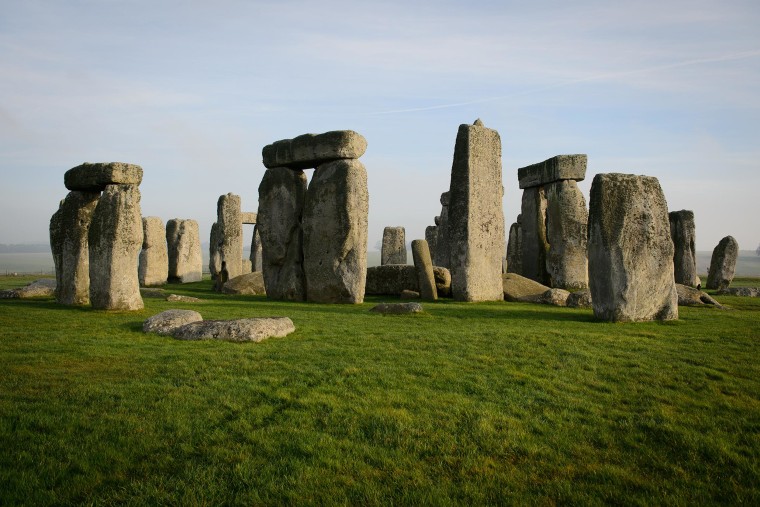Scientists have found the exact source of Stonehenge's smaller bluestones, new research suggests.
The stones' rock composition revealed they come from a nearby outcropping, located about 1.8 miles (3 kilometers) away from the site originally proposed as the source of such rocks nearly a century ago. The discovery of the rock's origin, in turn, could help archaeologists one day unlock the mystery of how the stones got to Stonehenge.
The work "locates the exact sources of the stones, which highlight areas where archaeologists can search for evidence of the human working of the stones," said geologist and study co-author Richard Bevins of the National Museum of Wales. [In Photos: A Walk Through Stonehenge]
In the new study, the team looked at the minerals, such as chromium, nickel, magnesium oxide and iron oxide, which are part of the crystallizing structures forming in the original magma. The researchers found that at least 55 percent of the dolerite bluestones came from a location, known as Carn Goedog, which is farther north than the location Thomas had proposed in 1923, and about 140 miles (225 km) away from Stonehenge, Bevins said.

The new findings raise more questions than answers about how the rocks could have made it to Stonehenge.
But pinpointing the exact location of the stones' origins could help archaeologists looking for other evidence of ancient human handiwork near the area, which could then shed light on the transportation method, Bevins said.
"For example, if we could determine with confidence that the stones had been worked by humans in Neolithic times, then the ice-transport theory would be refuted," Bevins said.
The findings were published in the February issue of the Journal of Archaeological Science.
-Tia Ghose, LiveScience
Follow Tia Ghose on Twitter and Google+. Follow Live Science @livescience, Facebook & Google+.
This is a version of a report that appeared on LiveScience. Read the original report.
- 5 Strange Theories About Stonehenge
- Gallery: The 10 Strangest Places on Earth
- In Photos: Amazing Ruins of the Ancient World
Copyright 2014 LiveScience, a TechMediaNetwork company. All rights reserved. This material may not be published, broadcast, rewritten or redistributed.
